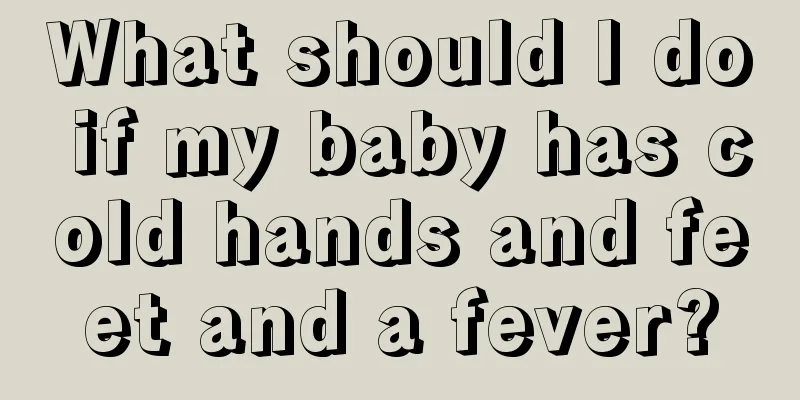Is sepsis serious in children?

|
When it comes to sepsis, many people think it is a blood disease. In fact, sepsis is caused by a virus infecting the blood. Generally, the incidence rate is higher in children. So, is sepsis a very serious disease? Actually, yes. If a child suffers from sepsis, the body will suffer great pain, and the cure rate of this disease is not very high, and death is very likely to occur. Septicemia refers to an acute systemic infection caused by pathogenic bacteria or conditionally pathogenic bacteria invading the blood circulation, growing and multiplying in the blood, and producing toxins. If the bacteria that invade the bloodstream are eliminated by the body's defense function and there are no obvious symptoms of toxemia, it is called bacteriemia. Sepsis accompanied by multiple abscesses and a long course is called pyemia. If sepsis is not quickly controlled, it can spread from the primary site of infection to other parts of the body, causing metastatic abscesses. Abscesses can occur on the surface of the brain, causing meningitis, in the membrane around the heart, causing pericarditis, on the lining of the heart, causing endocarditis, in the bone marrow, causing osteomyelitis, or in a large joint, causing joint pain or arthritis. Eventually, the accumulation of pus may form abscesses anywhere in the body, and in severe cases, infectious shock and migratory lesions may occur. Patients with sepsis have poor constitutions and severe symptoms, and the condition needs to last for a period of time. Therefore, while applying specific antibacterial treatment, it is also necessary to pay attention to supplementing various vitamins, energy mixtures, and even giving small amounts of human albumin (albumin), plasma or fresh whole blood multiple times to replenish the body's consumption, supply energy, strengthen nutrition, support organ function, promptly correct water and electrolyte disorders, maintain acid-base balance, and maintain a stable internal environment. When there are symptoms of severe toxemia such as shock and toxic myocarditis, pressors, cardiotonic drugs and/or short-term adrenal corticosteroids can be given. Patients with high fever, severe headache, and irritability can be given antipyretics and sedatives. Care needs to be strengthened and attention should be paid to preventing secondary stomatitis, pneumonia, urinary tract infection and pressure sores. Septic shock is caused by toxins and cytokines produced by certain bacteria, which cause sepsis and cause the patient's blood pressure to drop to life-threatening low levels. Septic shock is common in newborns, people over 50 years old, and people with compromised immune systems. Sepsis is more dangerous if it occurs in patients with low white blood cell counts, such as cancer patients, those undergoing anti-cancer chemotherapy, and those with chronic diseases such as diabetes or cirrhosis. |
<<: Clinical manifestations of sepsis in children
>>: What to do if your child has a stomachache and fever
Recommend
What should I do if my three-year-old baby’s teeth are corroded?
In our country, there is not just one longevity v...
How to grow taller during puberty
Adolescence is very important for everyone. There...
What are the dangers of long foreskin in children?
Many parents find that their baby boys have fores...
At what age should children start brushing their teeth?
Brushing teeth is something we do every morning a...
The harm of dental caries in children and its impact on local health
What we call dental caries refers to tooth decay a...
What should I do if my baby has lower respiratory tract infection?
Generally, babies will suffer from lower respirat...
Can children eat mung bean porridge?
Can children eat mung bean porridge? Mung bean po...
What are the white spots on my child’s fingernails?
Children's health has always been the top con...
Reasons for newborn baby's sleep shaking
Many parents find that newborns shake violently w...
What are the tests for ADHD in children?
Some children study in the classroom, but they al...
How to care for baby’s physiological diarrhea symptoms?
Clinically, diarrhea is mainly divided into physi...
Will being thin affect your child's height growth?
In the 21st century society, there is a common pr...
Early symptoms of thyroid disease in children
Children's thyroiditis has attracted the atte...
The baby has a high temperature but does not have a fever
Babies are particularly prone to fever when they ...
Children's platelet count is high
Blood contains many components, the three most im...









